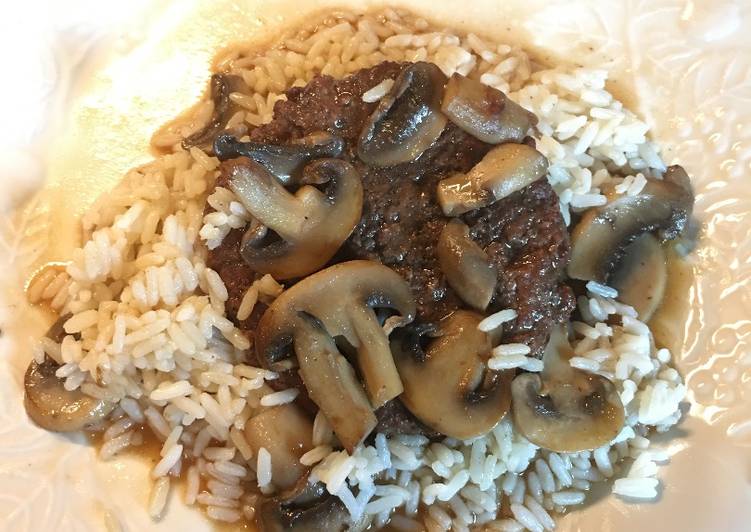
Hello everybody, hope you’re having an incredible day today. Today, I’m gonna show you how to prepare a special dish, japanese omelette / dashimaki tamago. basic recipe. It is one of my favorites food recipes. This time, I’m gonna make it a little bit tasty. This will be really delicious.
Japanese Omelette / Dashimaki Tamago. Basic Recipe is one of the most well liked of current trending meals in the world. It is appreciated by millions daily. It is easy, it is fast, it tastes delicious. Japanese Omelette / Dashimaki Tamago. Basic Recipe is something which I’ve loved my whole life. They’re nice and they look wonderful.
Tamagoyaki is Japanese rolled omelette with dashi and soy sauce, enjoyed during What is Tamagoyaki, Atsuyaki Tamago, and Dashimaki Tamago? In Japanese, tamago means eggs and yaki means grill. To make a basic tamagoyaki, you first beat the eggs just like you would with regular. Japanese cuisine and dashimaki tamago are like omelettes for breakfast in Western culture.
To begin with this recipe, we have to prepare a few ingredients. You can cook japanese omelette / dashimaki tamago. basic recipe using 6 ingredients and 7 steps. Here is how you cook it.
The ingredients needed to make Japanese Omelette / Dashimaki Tamago. Basic Recipe:
- Prepare 5 Eggs
- Take 3 cc Soy sauce
- Prepare 10 cc Sweet sake
- Prepare 3 g Salt
- Take 10 g Sugar
- Prepare 100 ml Dashi broth
A delicious Tamagoyaki Recipe (Japanese Omelette) made with crunchy scallions, dashi and soy sauce. This savory omelette is ready in less than Dashimaki tamago is salty, slightly pungent, fluffy and extremely satisfying. Mix the * ingredients in a bowl well and beat the eggs in it and whisk. Dashimaki Tamago (だし巻き卵) is a traditional Japanese rolled omelet made with egg and dashi.
Steps to make Japanese Omelette / Dashimaki Tamago. Basic Recipe:
- Lightly mix eggs in a bowl. Mix all seasonings and add slowly mix in the bowl.
- Grease a square frying pan. Make sure the pan is fully greased by spreading it with a paper towel. To test if the pan is warm enough, use a chopstick to put a drop of the egg mixture onto the frying pan. If the drop fries right away, it is ready.
- Scoop the mixture to just more than half the ladle, and pour it in the frying pan. Use a chopstick to pop the bubbles, this will distribute the heat evenly. Before the omelette is too hard, roll the omelette quickly towards yourself in three-fold
- Use a greased paper towel to grease the now open area of the frying pan, then push the folded omelette away from yourself and grease the newly (closer to you) open area of frying pan
- Pour another ladle of the egg mix into the pan. Lift the previously rolled omelette in the first fold. Repeat. After the third scoop, fold in two-fold.
- Use the hot edges of the frying pan to clean up the edges. Cool at room temperature. As it cools, any softness or space in the inner layers of the omelette will disappear and you are left with a beautiful looking omelette.
- The cooking video is now uploading on YouTube, "Coozy Life Japanese Omelette" Stay Home guys !!
Mix the * ingredients in a bowl well and beat the eggs in it and whisk. Dashimaki Tamago (だし巻き卵) is a traditional Japanese rolled omelet made with egg and dashi. In Japan, it's often said that you can judge the quality of a restaurant by the quality of their As the name implies, dashimaki tamago contains almost as much dashi as there is egg, creating a. I've been asked of late about the basic recipe for "Tamagoyaki", or Japanese traditional omelette. Can be cut in all kind of shapes for presentation, salads, or maki.
So that’s going to wrap this up for this special food japanese omelette / dashimaki tamago. basic recipe recipe. Thanks so much for reading. I am sure that you will make this at home. There’s gonna be more interesting food at home recipes coming up. Remember to bookmark this page in your browser, and share it to your family, friends and colleague. Thank you for reading. Go on get cooking!

